I Finally Found the Perfect Aspect Ratio for Photography—Or Did I?
My journey through aspect ratios and their effects on the image.
At first, I didn’t think much of it—most film and digital cameras default to 2:3, and that’s what many of us grow to accept without question.
But as I continued my journey with photography, this aspect ratio started to feel too casual, too indecisive. Neither boxy nor panoramic. Neither tight nor expansive. It is functional, but is it intentional? I found myself fighting against it, trying to compose within a frame that rarely felt flattering to my subjects.
At the same time, I resisted cropping. The idea of discarding large portions of an image—or worse, constantly stitching panoramas—felt like a workaround rather than a solution. So, I turned to film cameras, which offered built-in aspect ratios right from the start, and over the years, I cycled through medium format cameras. First 6x7, then 6x6, then back to 6x7, then 6x12, and most recently, back to 6x6 again. Quite a journey.
Yet, I still remain split between three formats. Each has a unique personality, strengths, and limitations, and choosing between them feels like choosing different ways of seeing or a different language to speak in.
2:3 – The Comfortable Default or the Uninspiring Compromise?
Most cameras give us 2:3 by default. It works well for a variety of subjects. It’s tall enough for portraits, wide enough for landscapes, and balanced enough for general photography.
Or is it?
Maybe it’s too narrow for vertical compositions. Maybe it’s not wide enough for landscapes. Maybe it’s not balanced enough for symmetry.
It often feels like a compromise that works for everything but never works best for anything.
I haven’t abandoned 2:3 entirely. It’s the easiest to use because it’s always available. But if I had to pick an aspect ratio that feels truly deliberate? It wouldn’t be this one.
6x6 – The Minimalist’s Square
Early in my photography journey, I fell in love with the minimalist landscapes of Michael Kenna, Josef Hoflehner, and Bruce Percy. They mastered the 6x6, or rather, 1:1, aspect ratio.
1:1 is a square—geometry in its purest form, and the most perfect rectangle of them all. There’s a subtle elegance to it. It naturally lends itself to symmetry, negative space, and balanced compositions. Without a wide frame to include everything, you have to be deliberate. It forces you to simplify.
That’s why I love it for minimalist compositions. When you remove the excess, what’s left has to be strong. There’s nowhere to hide. That’s also why I keep coming back to it.
1:2.35 – The Cinematic Movie Still
If 6x6 is about simplicity, 1:2.35 is about expansiveness. It turns photography into a movie still, and that’s why I love it.
The 1:2.35 aspect ratio has its roots in classic Hollywood cinema. Originally developed in the 1950s to compete with television, it became synonymous with epic storytelling, vast landscapes, and immersive compositions. It wasn’t just about showing more—it was about making the audience feel like they were inside the scene.
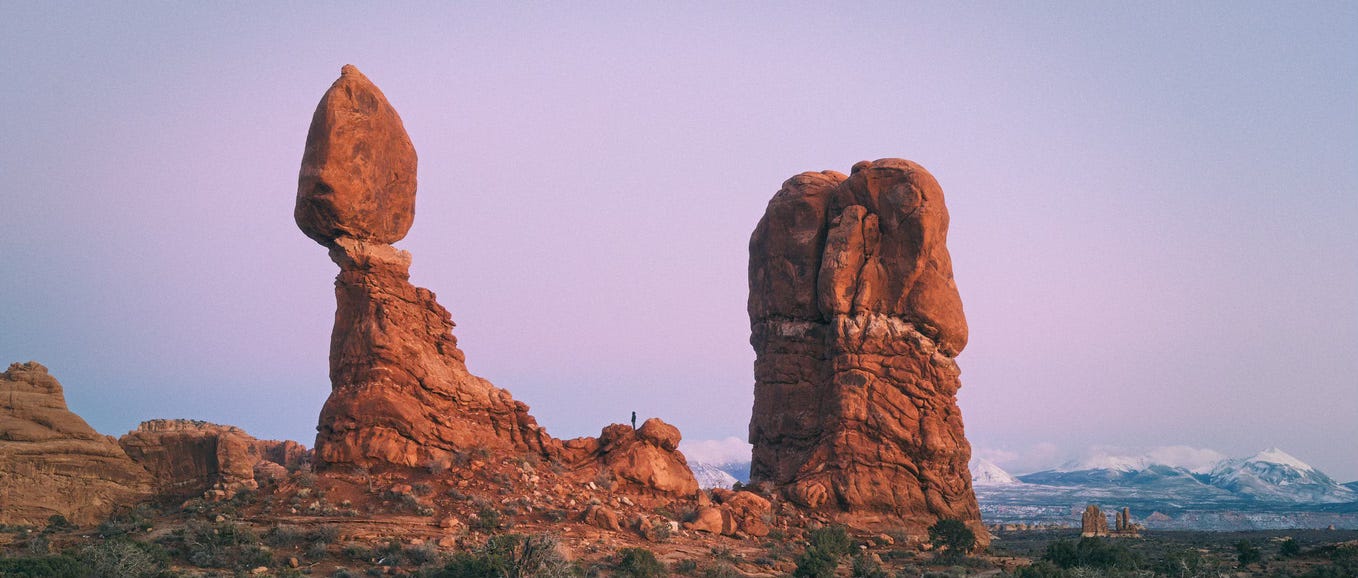
As a photographer, storytelling through context is what draws me in. By including more on the sides, I can create a sense of space, atmosphere, and something happening beyond the frame.
It’s the best format for environmental portraits, cinematic landscapes, and any shot where I want the viewer to feel like they’re looking at a scene rather than just a subject. But it’s also the most demanding. Every element in the frame has to contribute to the composition and some environments, like dense cities, have plenty of unnecessary elements cluttering the scene. But when everything goes well together, it feels like a frame from a film.
Breaking Free from the Default
So, where does that leave me? I still shoot in three aspect ratios:
2:3 when I don’t want to overthink.
1:1 when I want minimalism and discipline.
1:2.35 when I want mood, atmosphere, and a cinematic feel.
But here’s the real takeaway: choosing an aspect ratio is not just about aesthetics—it’s about intent. It changes how you compose, what you include, and what you leave out. And once you start making those choices deliberately, your photography transforms.
Maybe one day I’ll settle on a single format. But for now, I am still experimenting with different themes and methods of expression, and I find freedom in having three different ways to see the world.
What about you? Do you have a favorite aspect ratio?

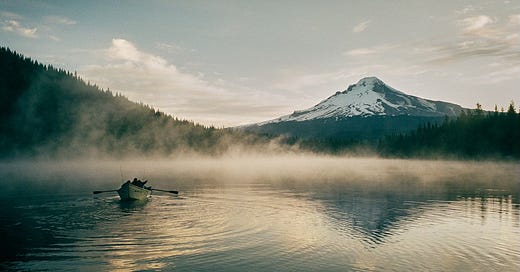




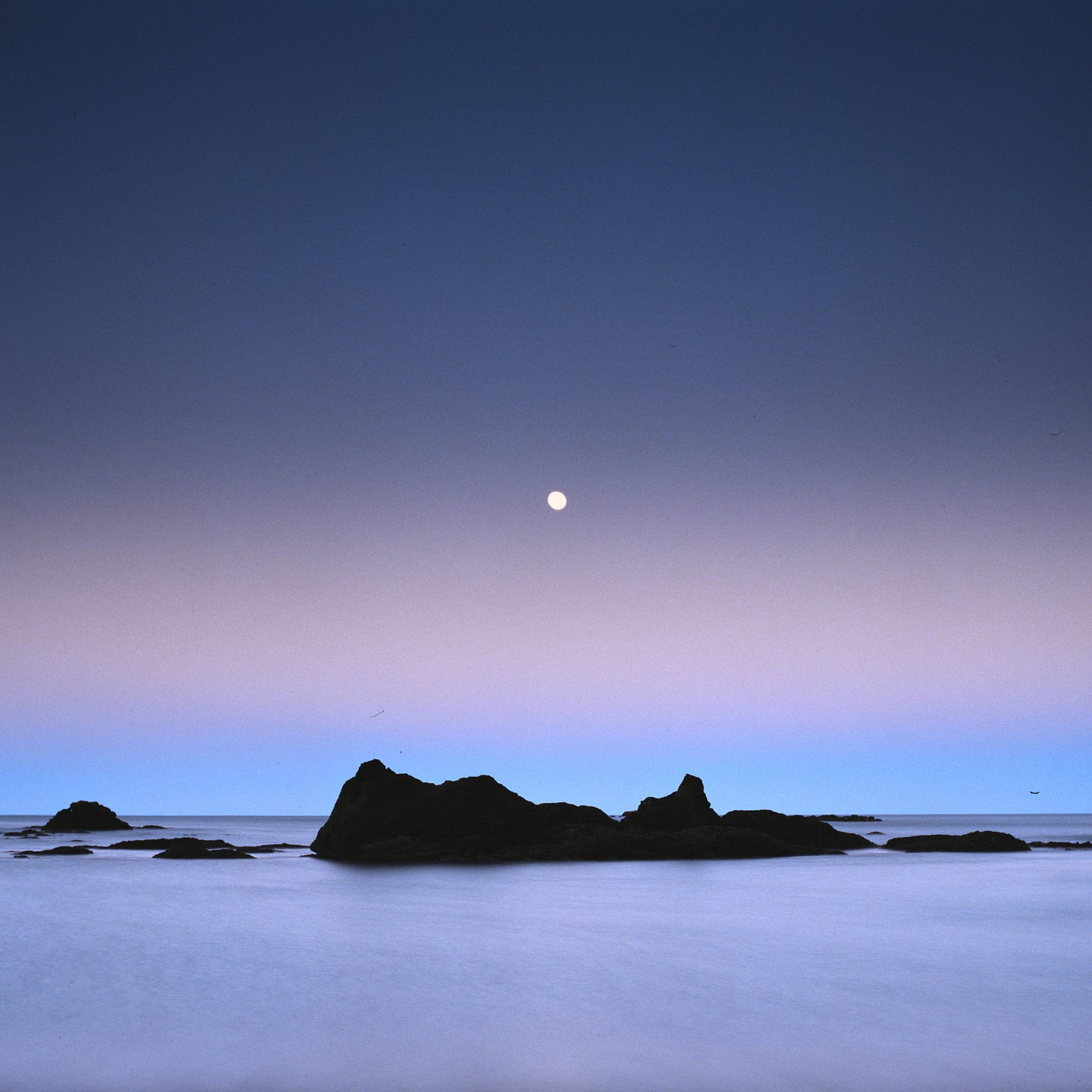
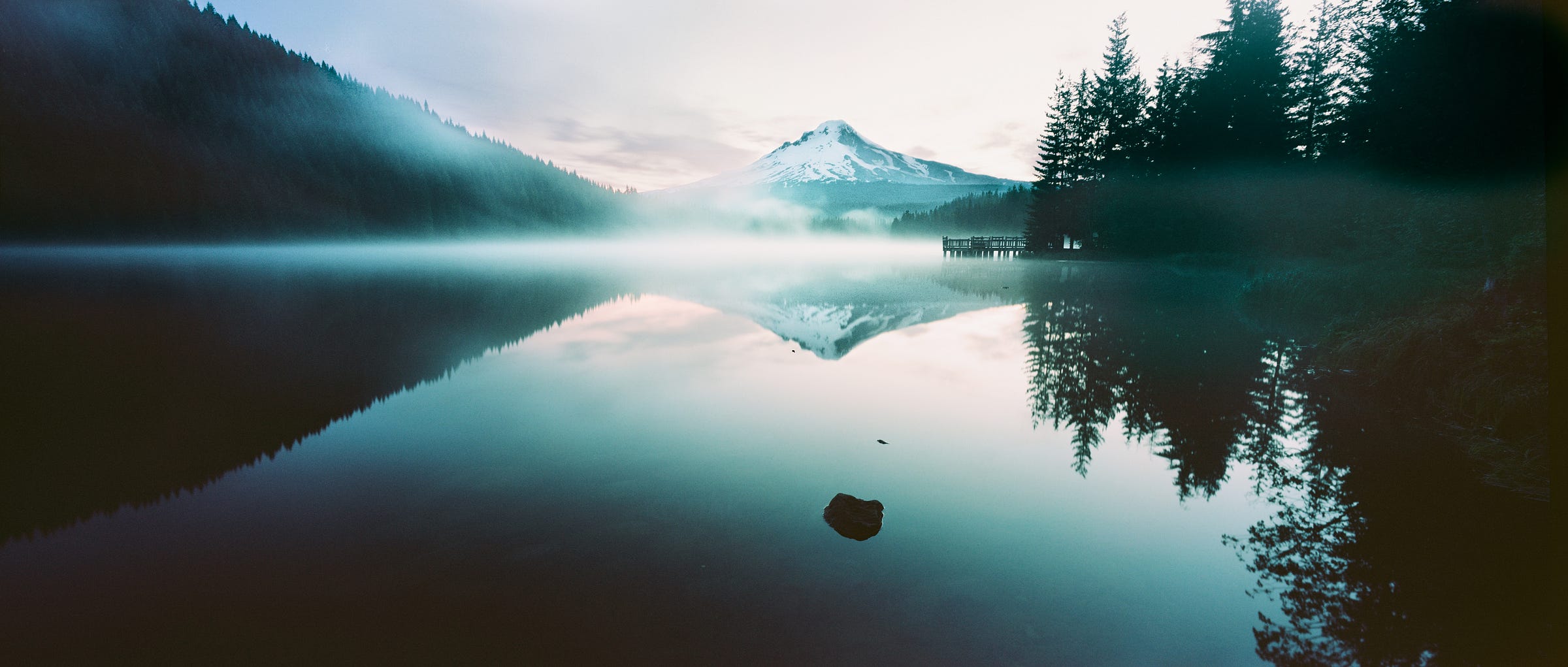
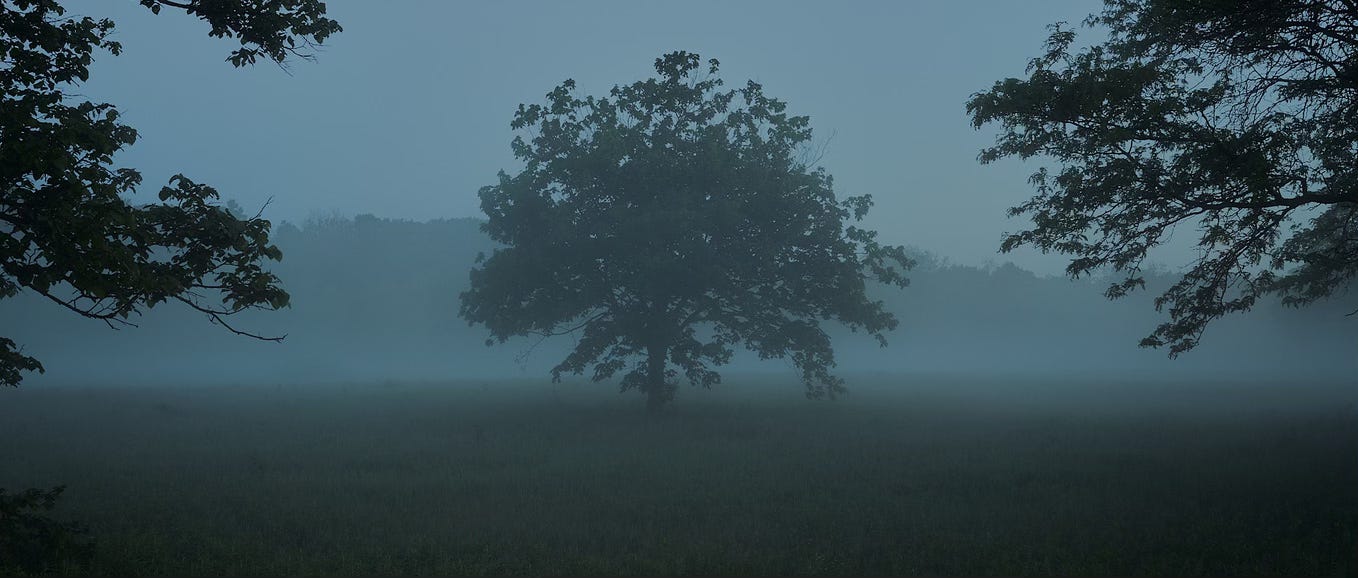
Very recognizable! Most photographers struggle with aspect ratios sooner or later, especially if they're after an expression that their camera (or the one at hand) doesn't offer. My MO is to envision the ideal aspect ration for what I want to convey and approach it as close as possible, which sometimes means heavy cropping or framing the subject very differently than what seems logical. 1:1, 4:3, 4:5, 16:9 are all ratios I use regularly for the 'finished product'.
Interesting article. I don't crop my images for years, but we can try to consider cropping as a game. Trying to redefine the scene help to redefine our "eye" when we are watching in the viewfinder. Sorry for my bad English, greetings from Italy.